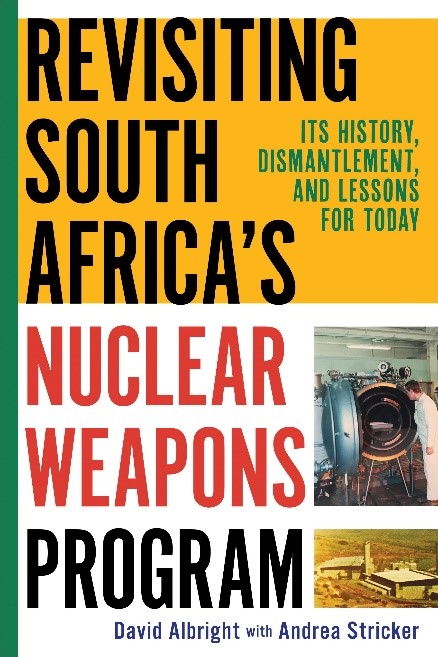Latest Reports
Technical Note: Iran’s Recent Increase in Enrichment Capacity at the Fordow Enrichment Plant
by David Albright
June 19, 2024
Iran notified the IAEA recently that it would install eight cascades each containing 174 IR-6 centrifuges, about 1400 in total, at the underground Fordow Enrichment Plant over the next 3-4 weeks.1 Iran’s installation of eight more IR-6 cascades in Fordow represents a dramatic increase in Fordow’s total enrichment capacity, an increase of about 3.6 times more capacity. In May 2024, Fordow had six low-output IR-1 cascades and two IR-6 cascades; soon it will have 10 IR-6 cascades and six IR-1 cascades.
Considering the likely case where Iran installs eight more IR-6 cascades at Fordow in the next several weeks, and noting it already has two IR-6 cascades at Fordow, breakout could occur rapidly, once the Iranian regime decides to do so. First, by further enriching its 60 percent enriched uranium stock in its possession as of May 11, 2024, Iran could produce 92 kg of weapon-grade uranium (WGU) in one-third of a month after commencing breakout. Next, by further enriching its stock of 20 percent enriched uranium as of May 11, 2024 in these same 10 cascades, Iran could produce 135 kg of WGU during the following two months. These estimates assume that the IR-6 cascades will perform well.
Based on the above, after Iran commences breakout, Iran could rapidly accumulate a growing stock of WGU and nuclear weapons equivalents:
• In the first one-third of a month, Fordow could produce in 10 IR-6 cascades 92 kg of WGU, enough for three nuclear weapons (assuming 25 kg WGU used per weapon);
• By the end of first month, it could produce a total of 145 kg of WGU, enough for five nuclear weapons;
• By the end of second month, it could produce a total of 225 kg of WGU, enough for nine nuclear weapons.
With the installation of eight more IR-6 cascades at Fordow, Iran would achieve a capability to breakout quickly in a deeply buried facility, a capability it has never had before. Most of the WGU production could occur while denying the inspectors access, feigning a safety or security emergency.
Remembering that the goal of the early 2000s Amad Plan was to produce enough WGU for five nuclear weapons in the Fordow enrichment plant, then called the Al Ghadir project, Iran can now at last state that it is close to fulfilling and even exceeding the original WGU production goals of the Amad Plan.
The long pole in the Amad Plan tent was WGU production; it finished most of its nuclear weaponization goals prior to the shutting down of the Amad Plan in 2003 and completed more of them post-Amad. Iran has managed to reach a point where it can not only produce nuclear weapons on-demand but produce large quantities of WGU quickly in a very hard-to-destroy enrichment plant.
1. Francois Murphy, “IAEA report: Iran installs more centrifuges at Fordow enrichment plant,” Reuters, June 13, 2024, https://www.reuters.com/world/middle-east/iaea-report-iran-installs-more-centrifuges-fordow-enrichment-plant-2024-06-13/. </a ↩
 twitter
twitter




